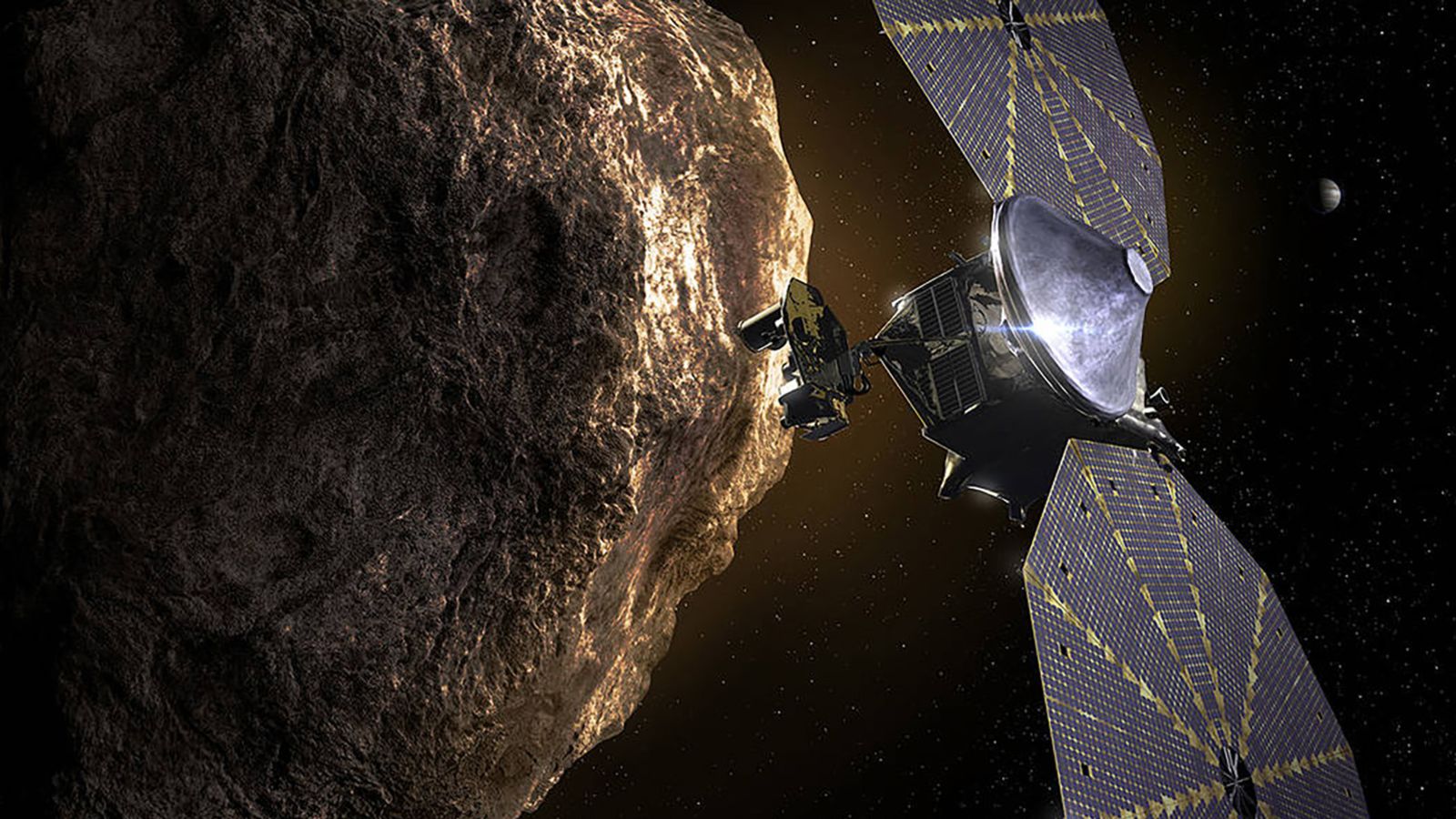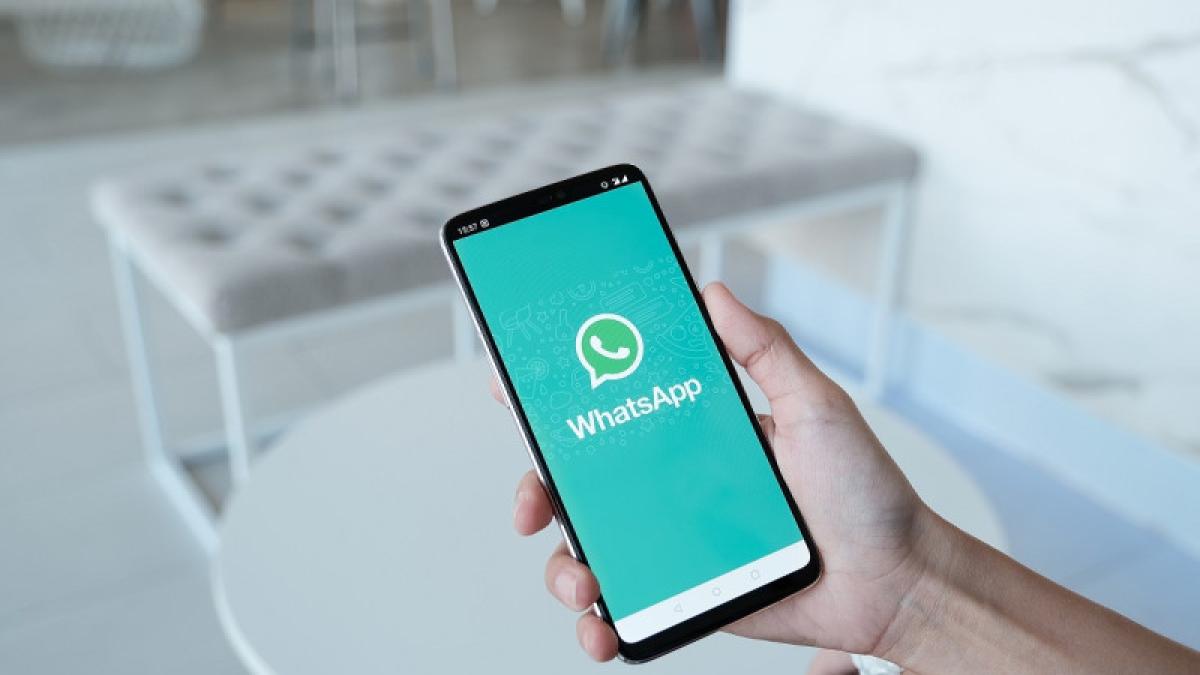(CNN) — This Sunday, the spaceship Lucy will be in the sky.
NASA’s Lucy spacecraft will come within a few hundred kilometers of us on its journey to Jupiter’s distant Trojan asteroids.
The spacecraft will pass about 350 kilometers from Earth’s surface on Sunday morning. According to a NASA press release.
And some lucky observers will be able to see Lucy, the space agency said.
The spacecraft was visible from Western Australia around 6:55 a.m. EST. But it disappears from view in a few minutes. At 7:26 am EST, it is visible over the western United States, the sky is clear and observers have a decent pair of binoculars.
To get this close to Earth the spacecraft has to pass through a dense area of satellites and debris. NASA is implementing special procedures to ensure that Lucy does not collide with anything during her journey.
“The Lucy team has prepared two different maneuvers,” Coralie Adam, Lucy sub-navigation team leader at KineticX Aerospace, said in the statement. “If Lucy detects that it’s at risk of colliding with a satellite or piece of debris — up to 12 hours before it approaches Earth — the spacecraft will activate one of these and change the closest approach time by two or four seconds.
“It’s a small correction, but it’s enough to avoid a catastrophic collision.”
The 12-year Lucy mission was launched in October 2021. Its goal is to study the Trojan asteroid cluster that orbits Jupiter. Asteroids have never been observed directly before; The image in this article shows just one illustration of Lucy approaching one of the asteroids. But if all goes as planned, Lucy will provide the first high-resolution images of asteroids.
The spacecraft will pass the Earth three times in total during its journey. Entering Earth’s orbit gives Lucy the boost she needs to continue on her way.
“The last time we saw the spacecraft, it was docked at a cargo fair in Florida,” said Hal Levison, Lucy’s principal investigator at the Southwest Research Institute’s Boulder, Colorado office. “It’s exciting that we can be here in Colorado and see the spacecraft again.
“This time Lucy will be in heaven.”


:quality(85)/cloudfront-us-east-1.images.arcpublishing.com/infobae/VM4OUZXMN7NMGO2TPLQNPQ2MCQ.jpg)


